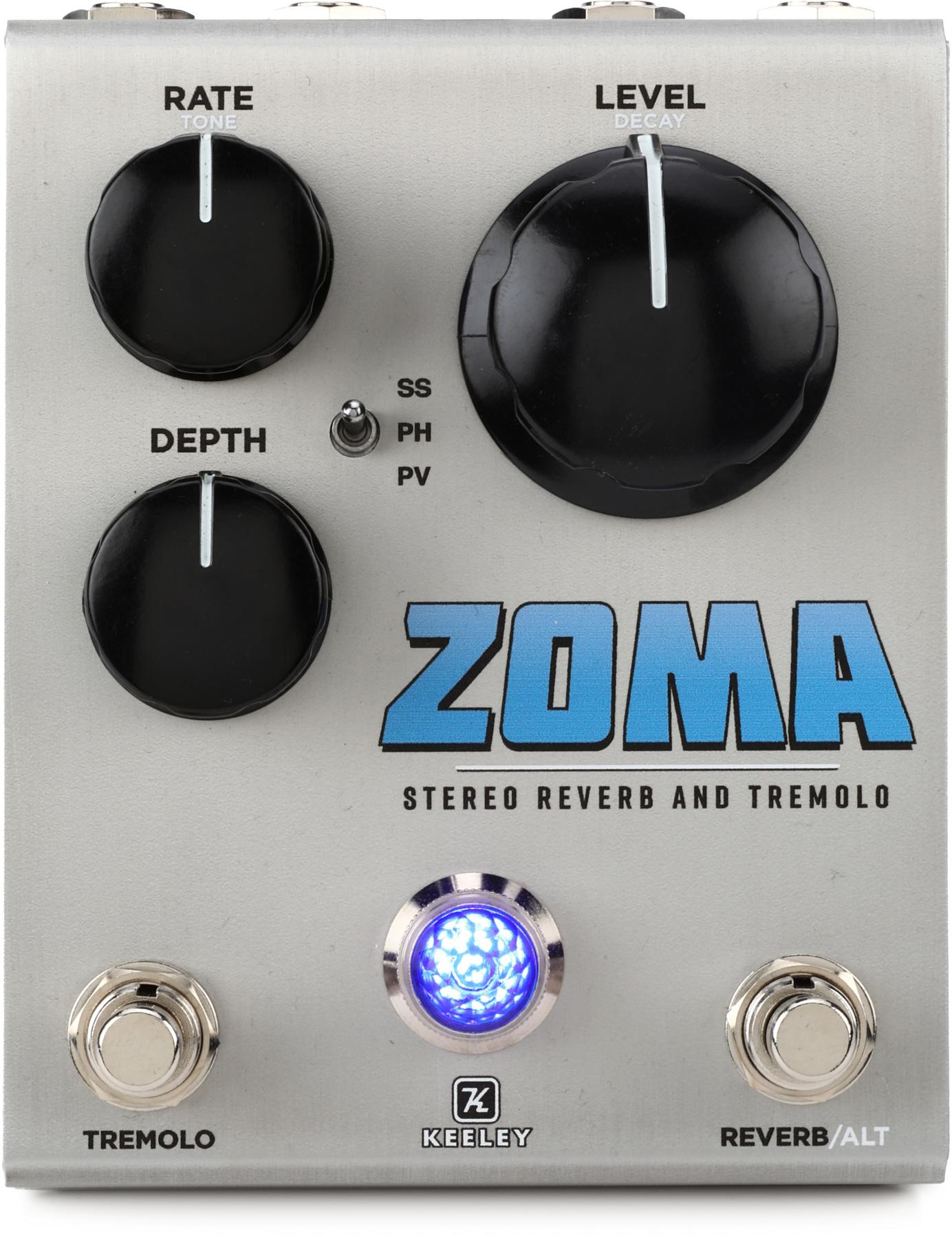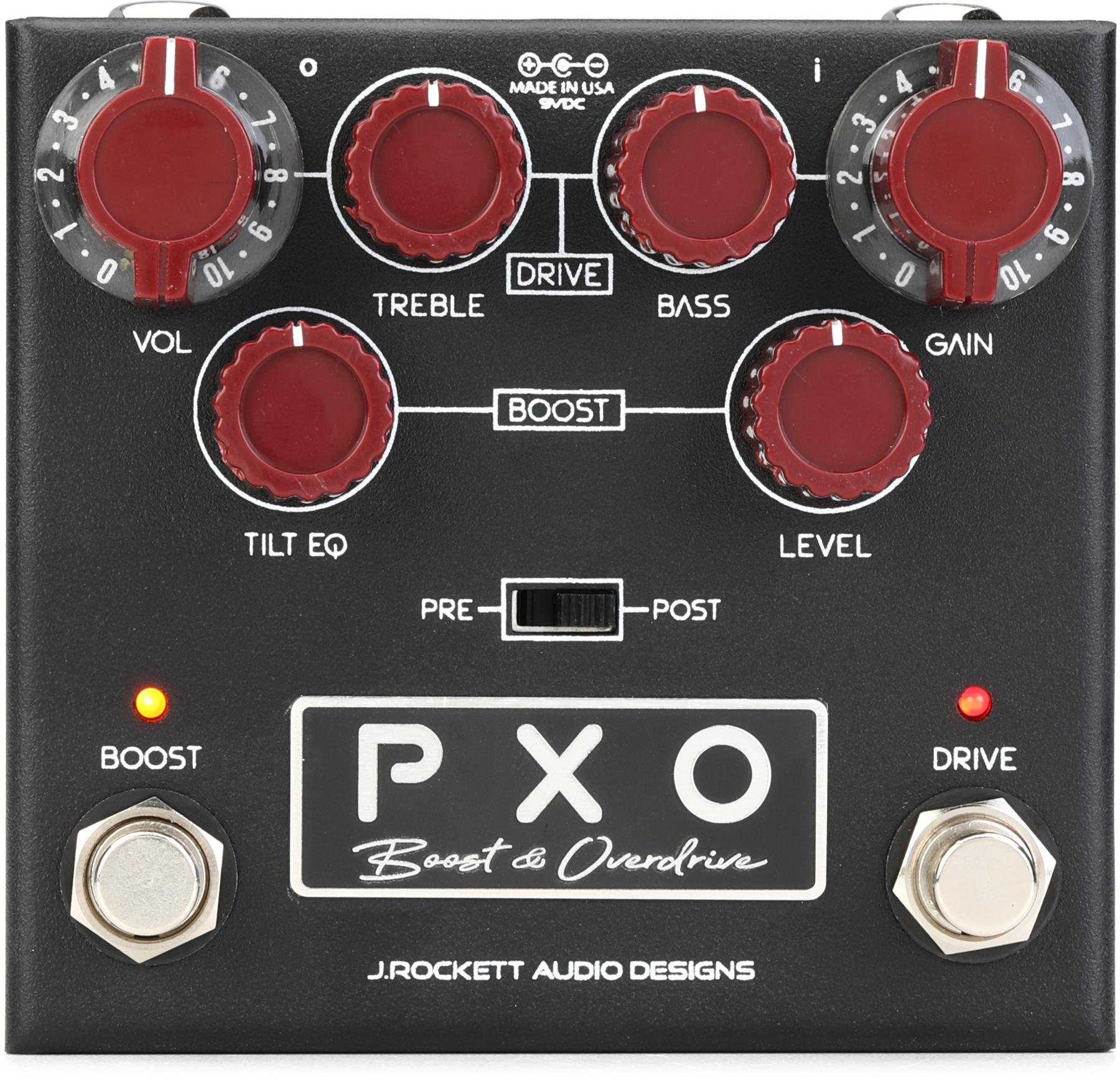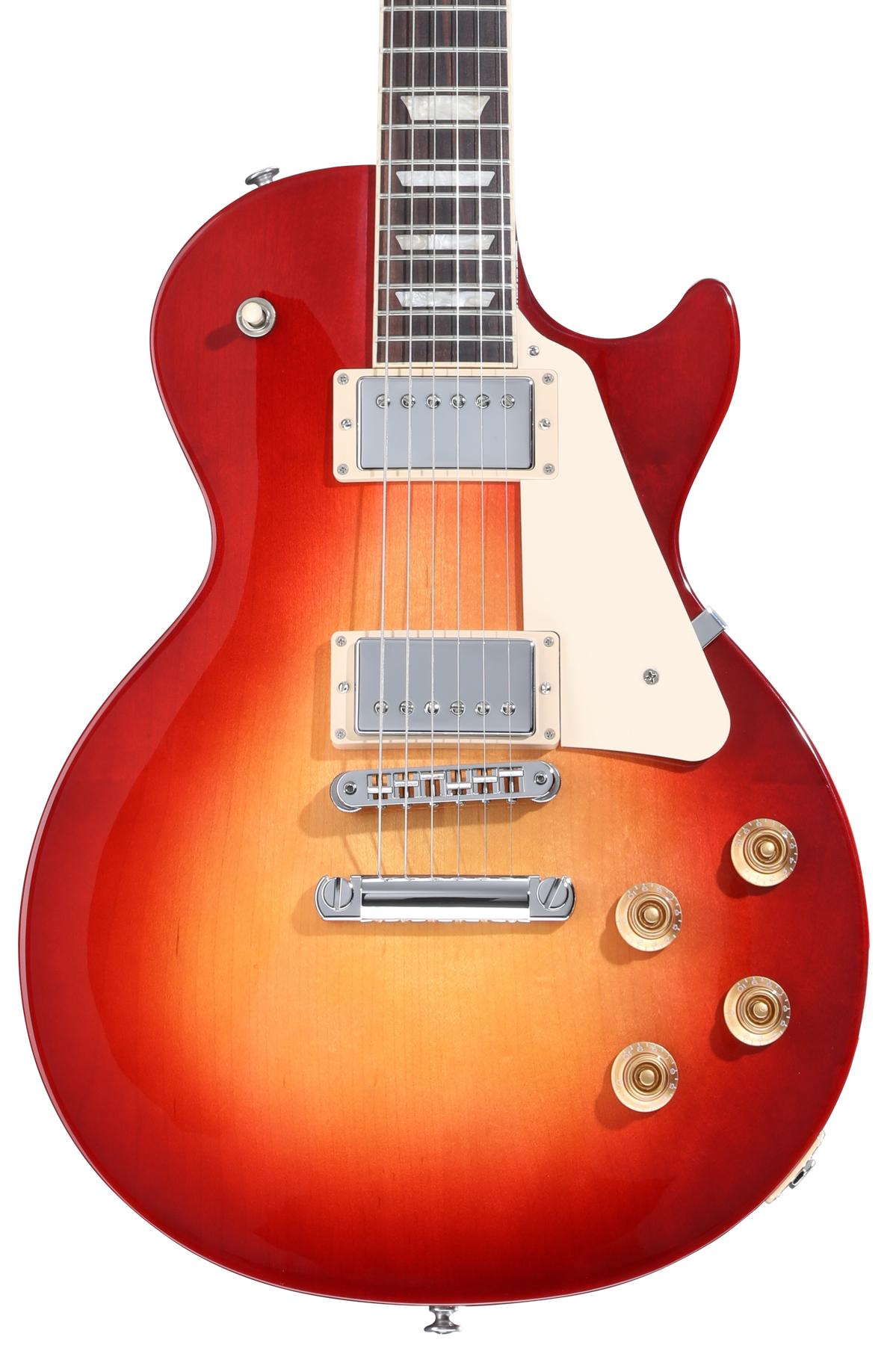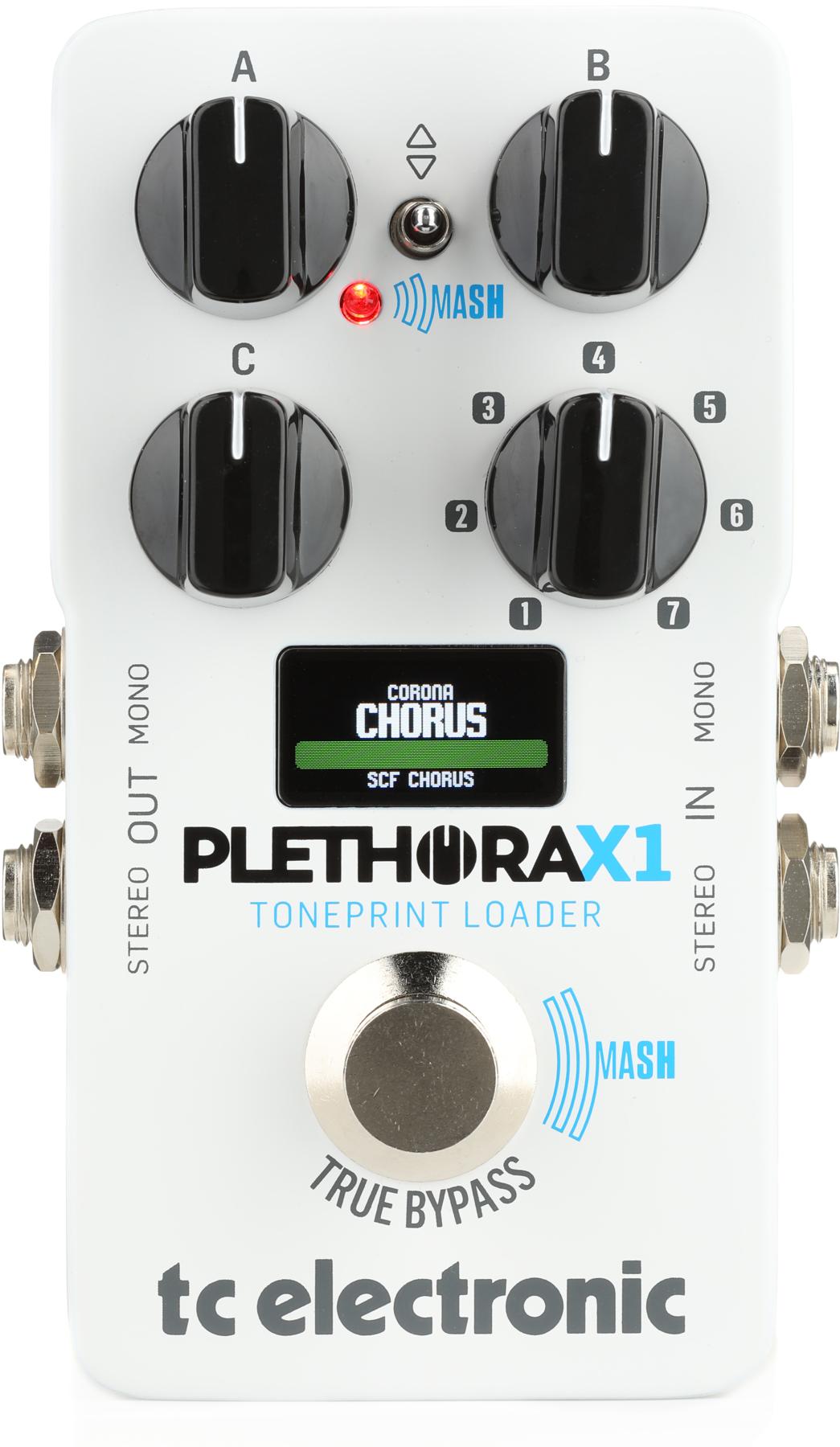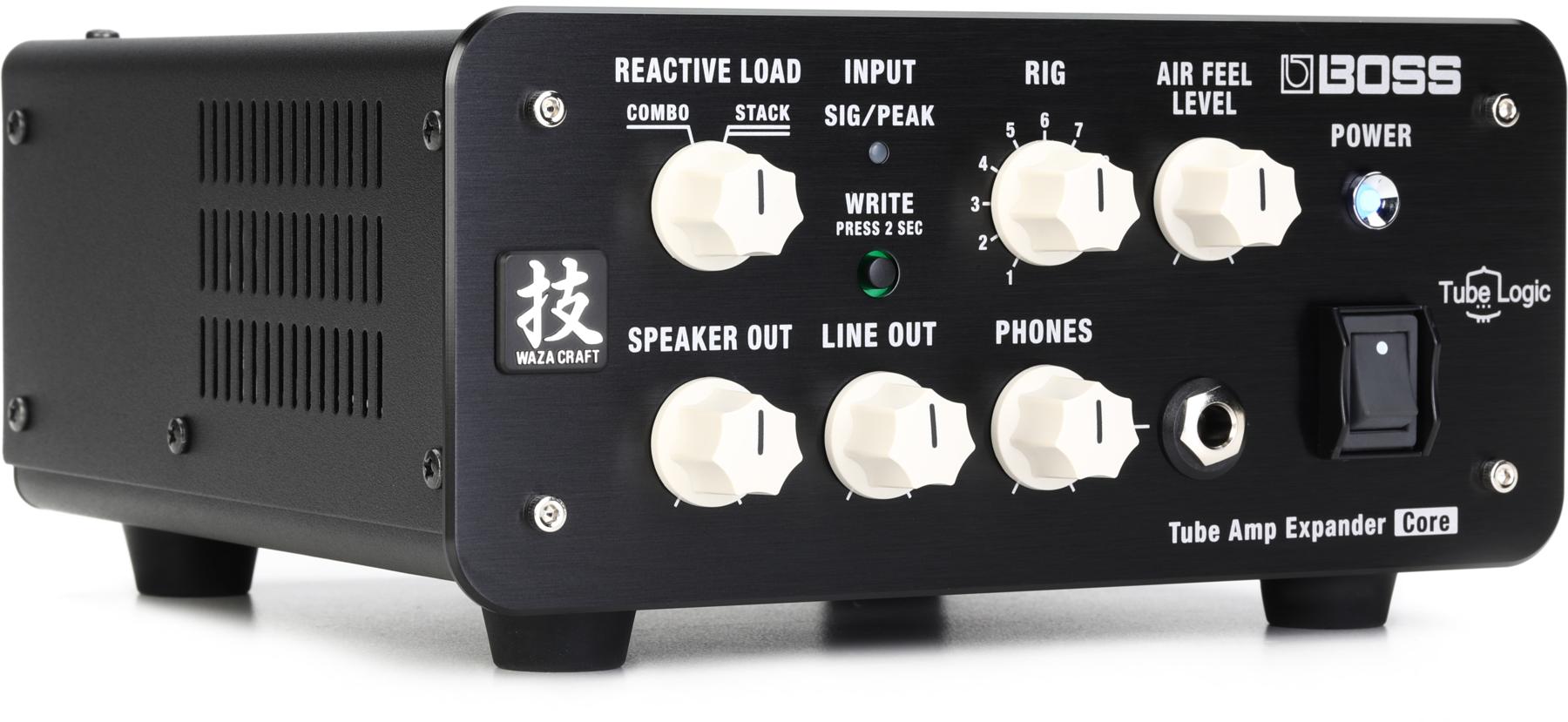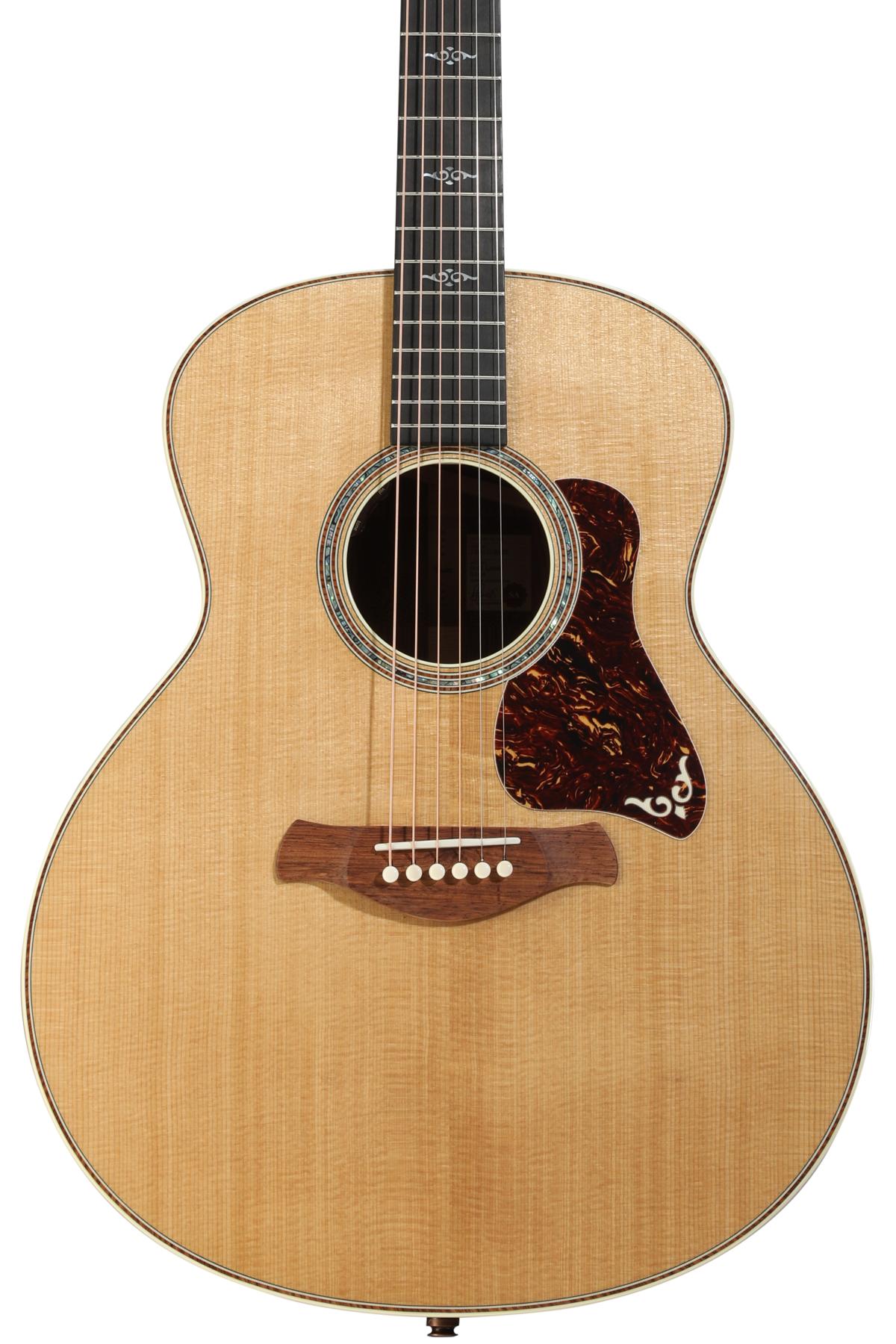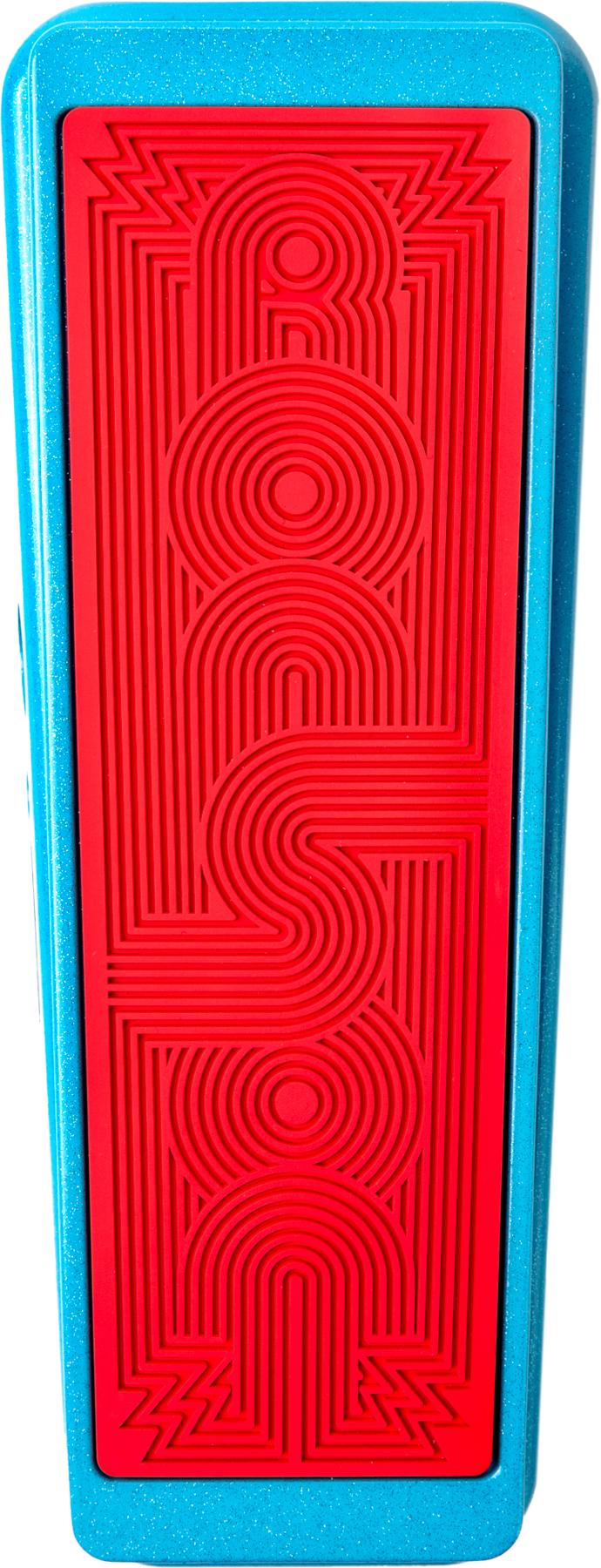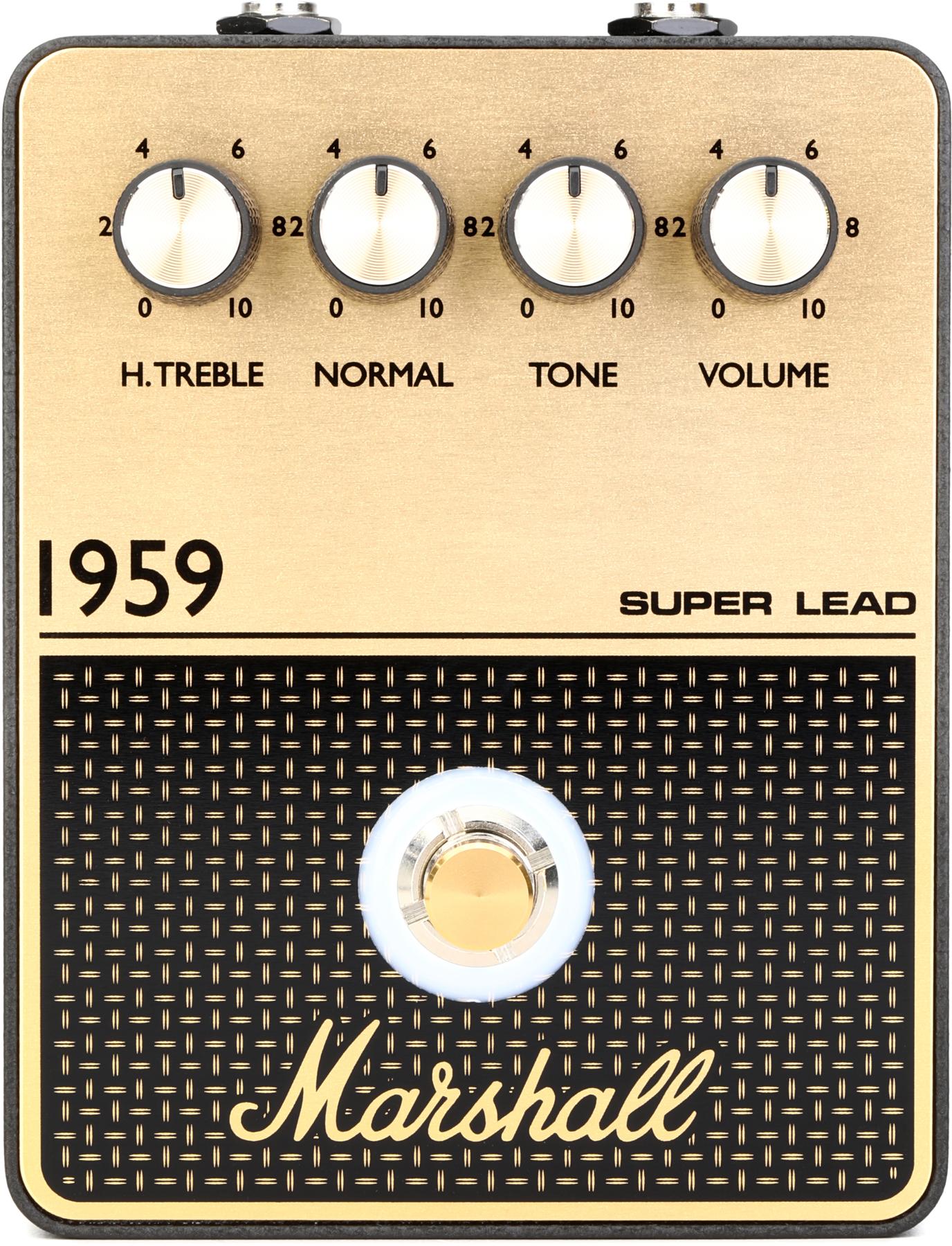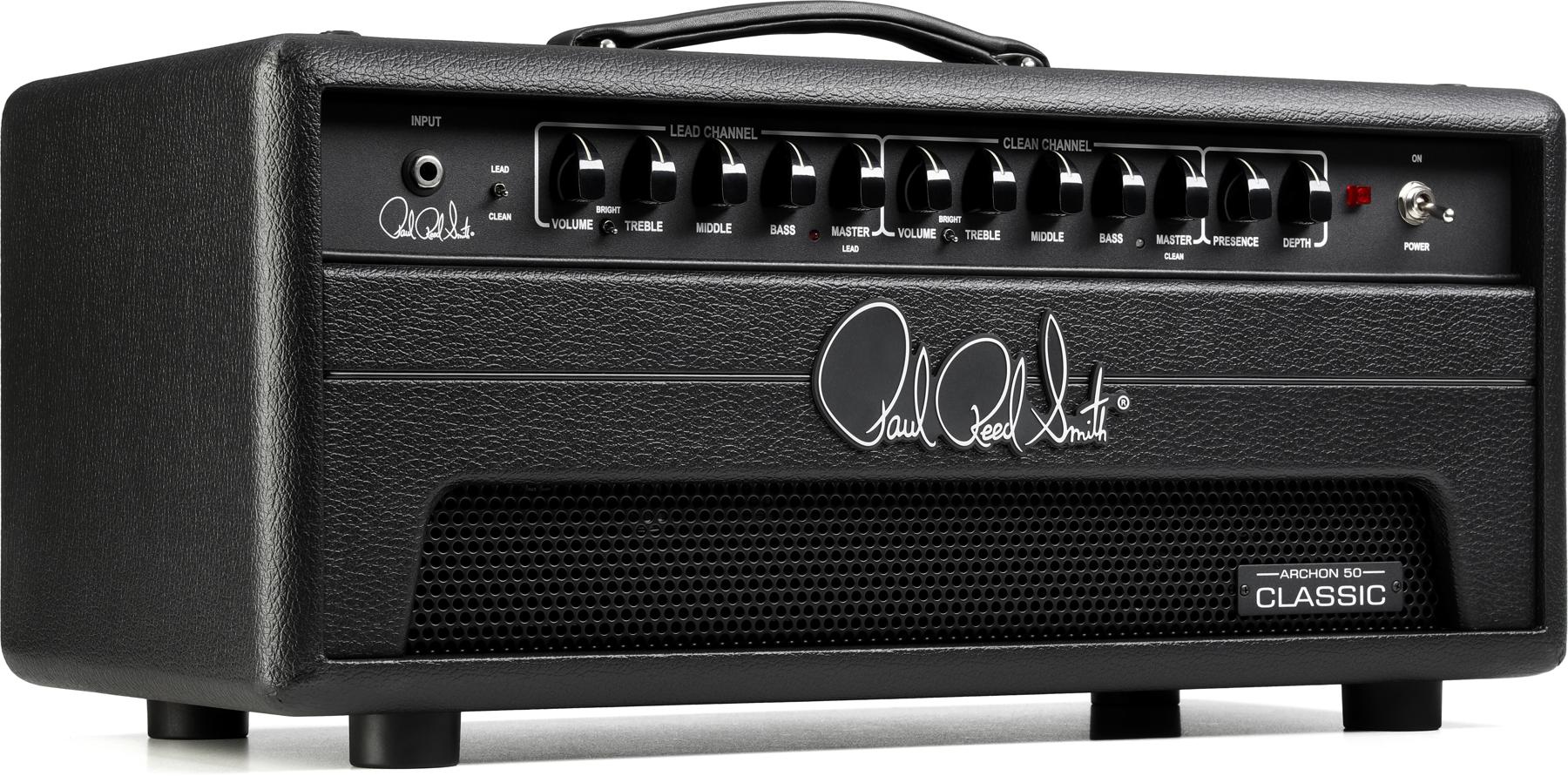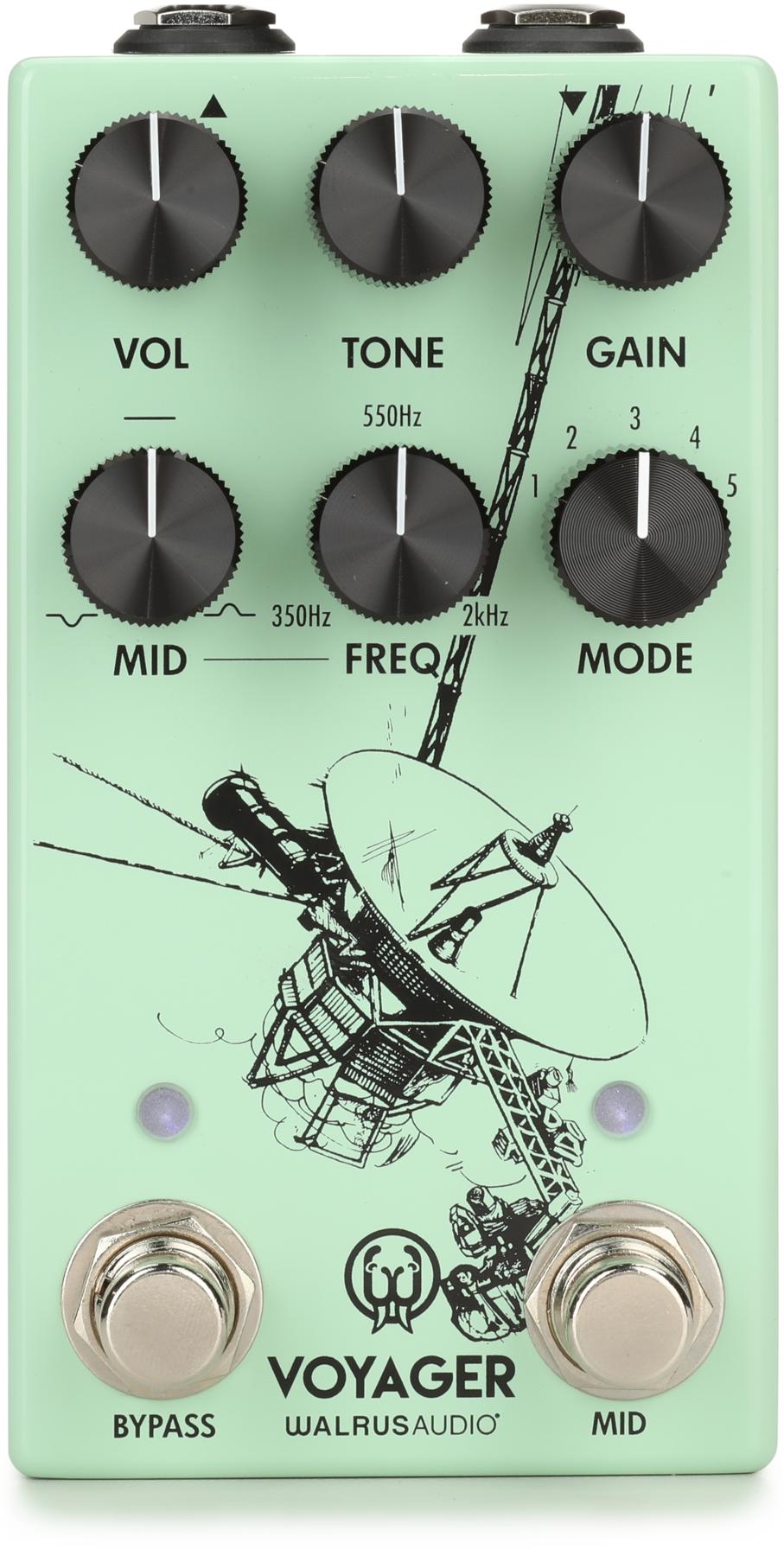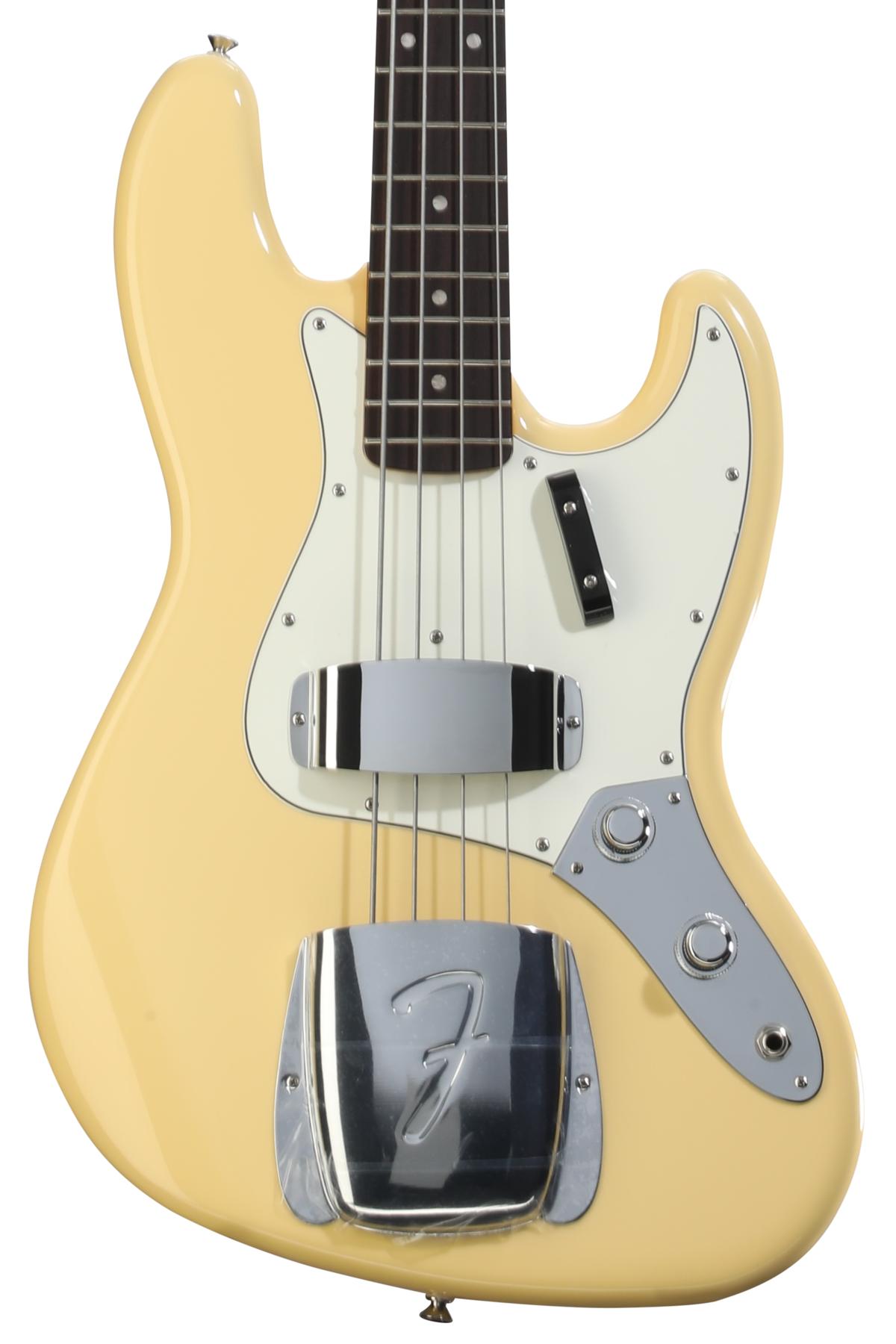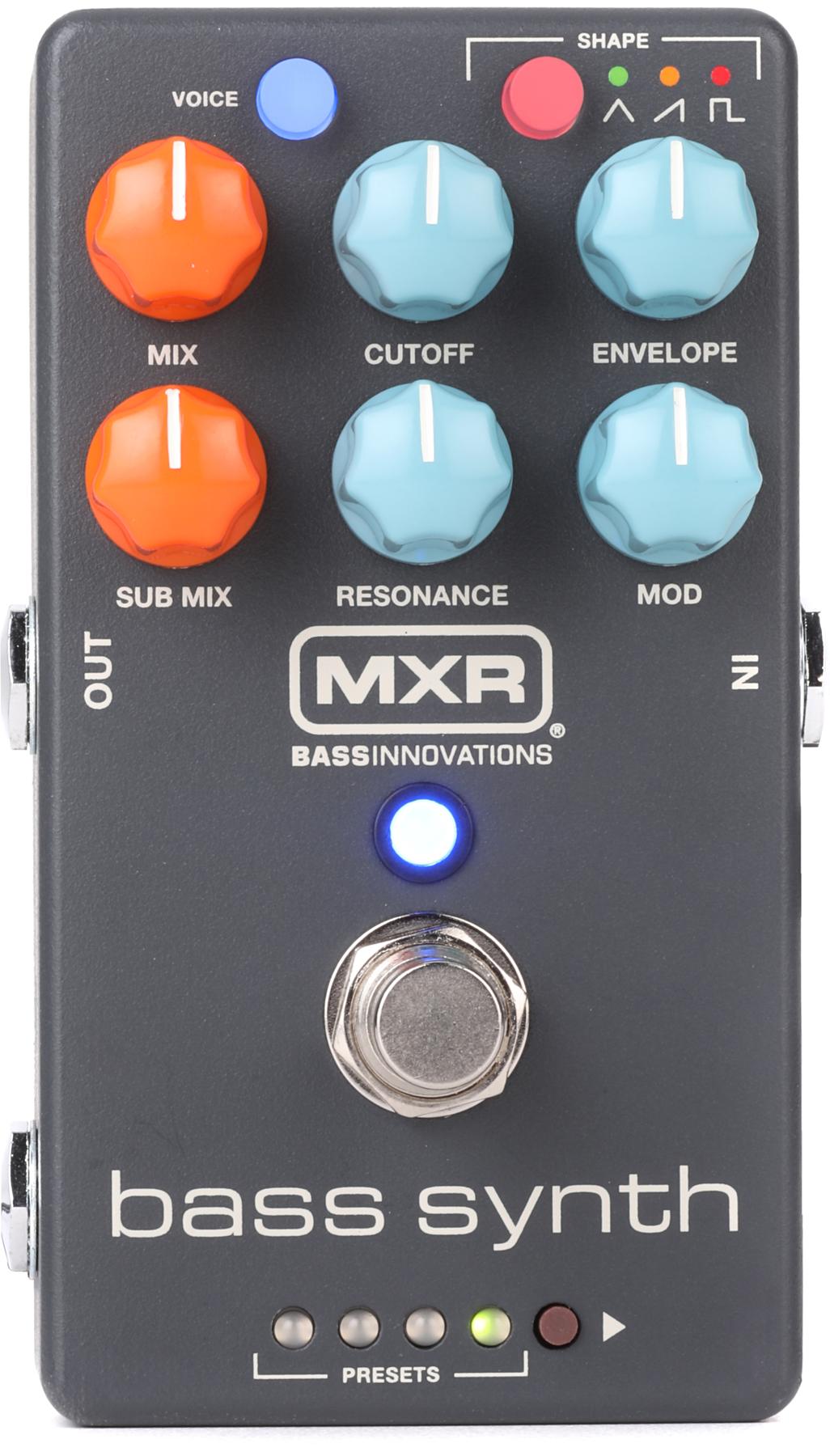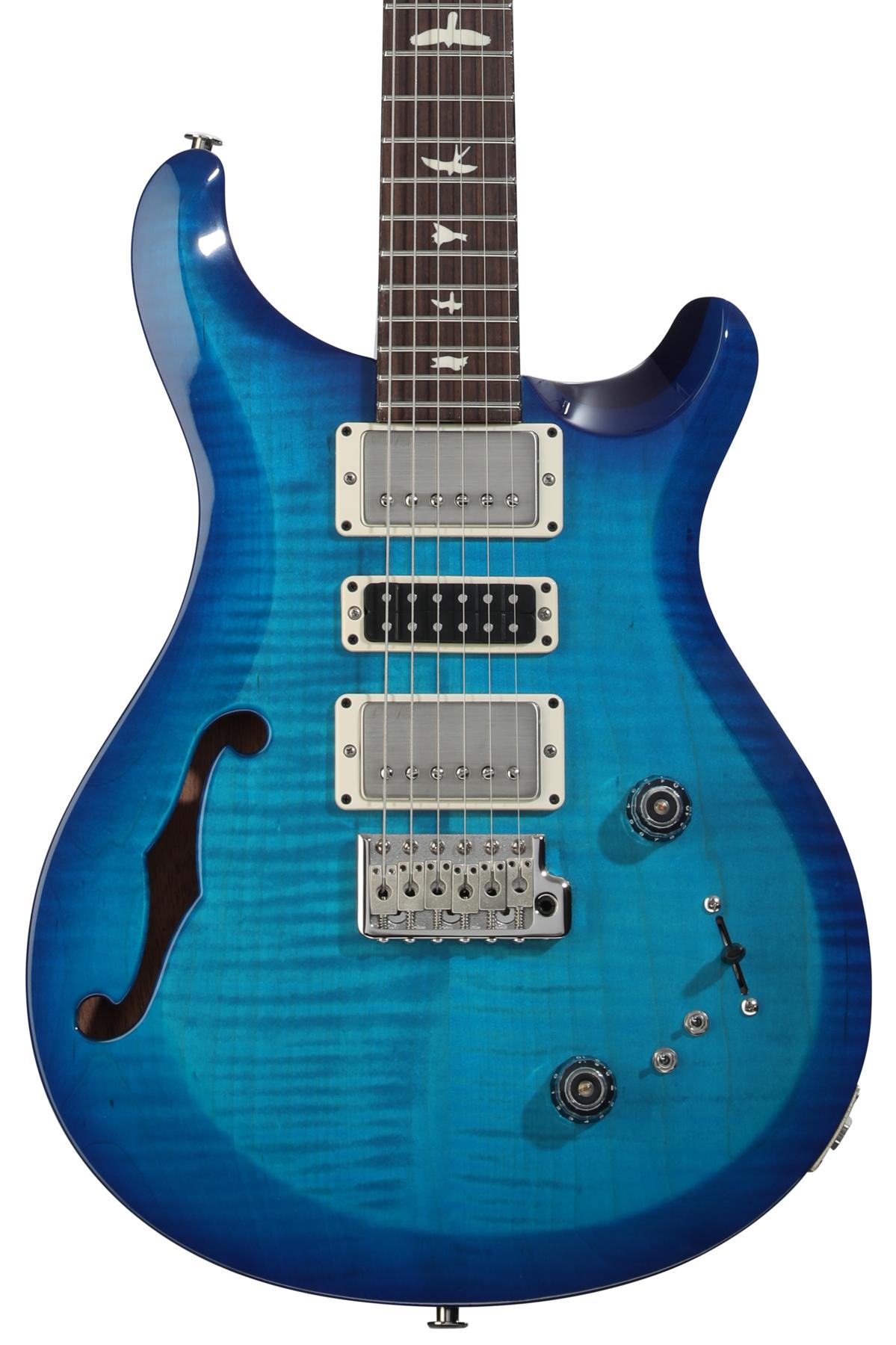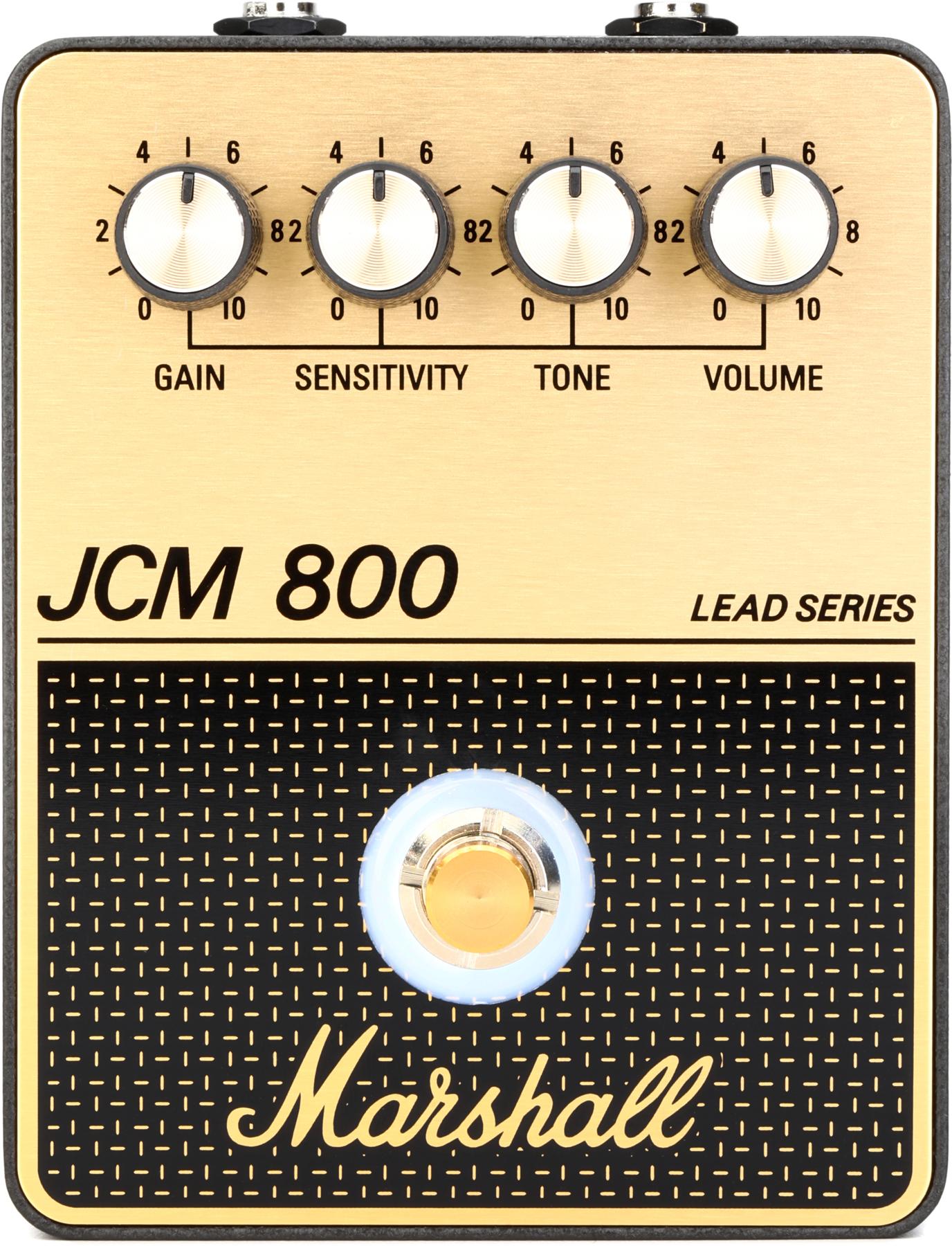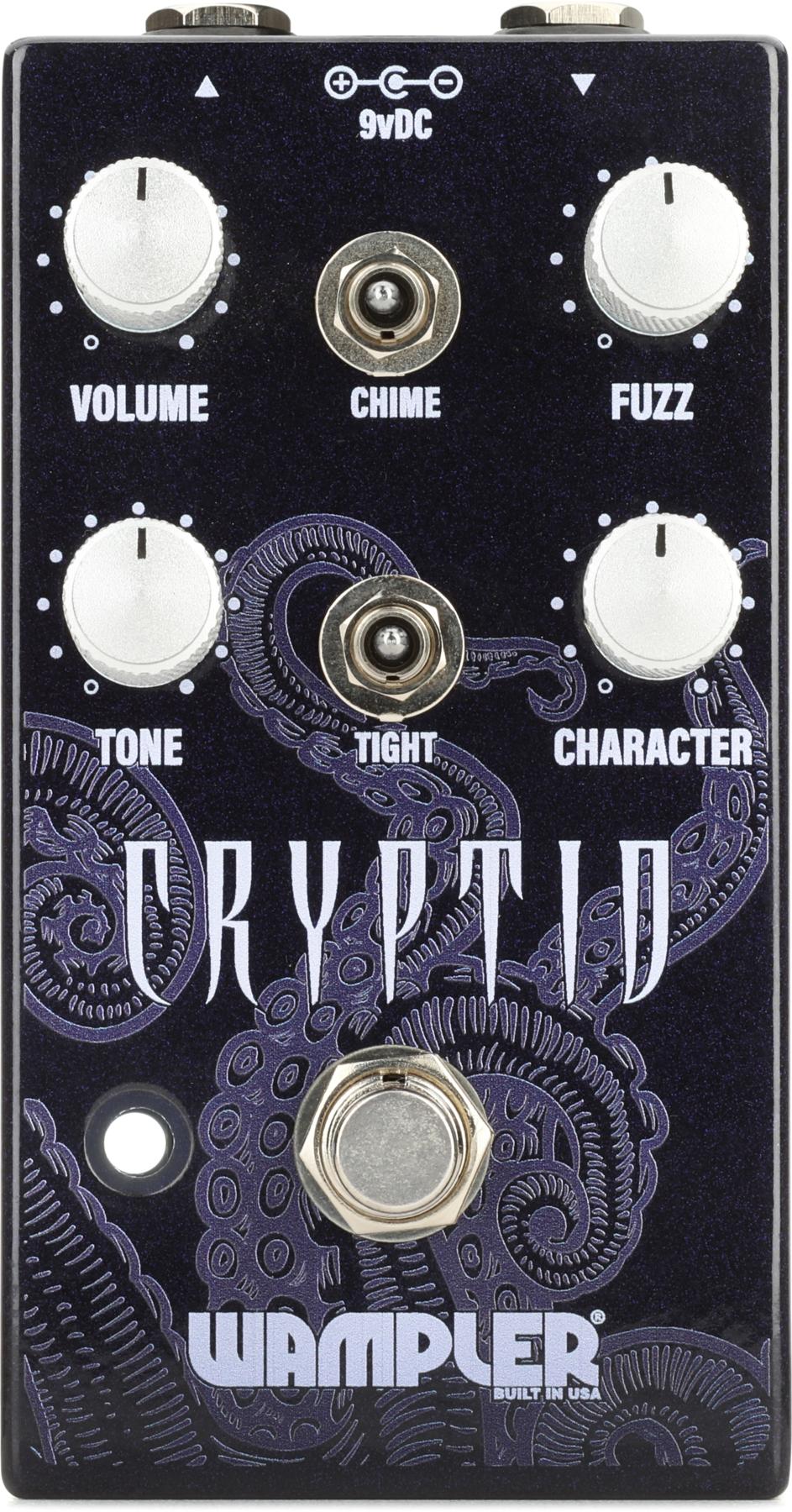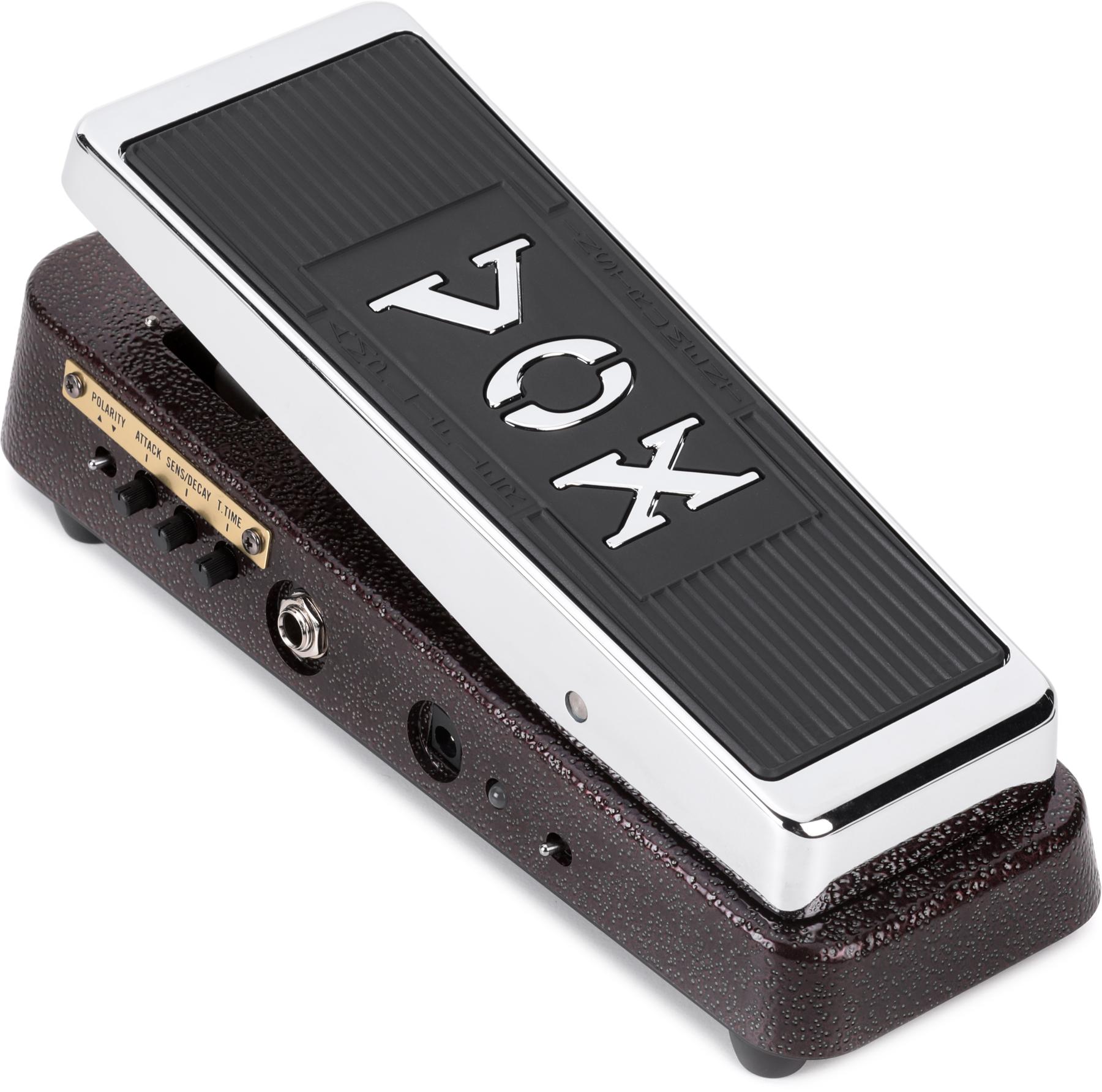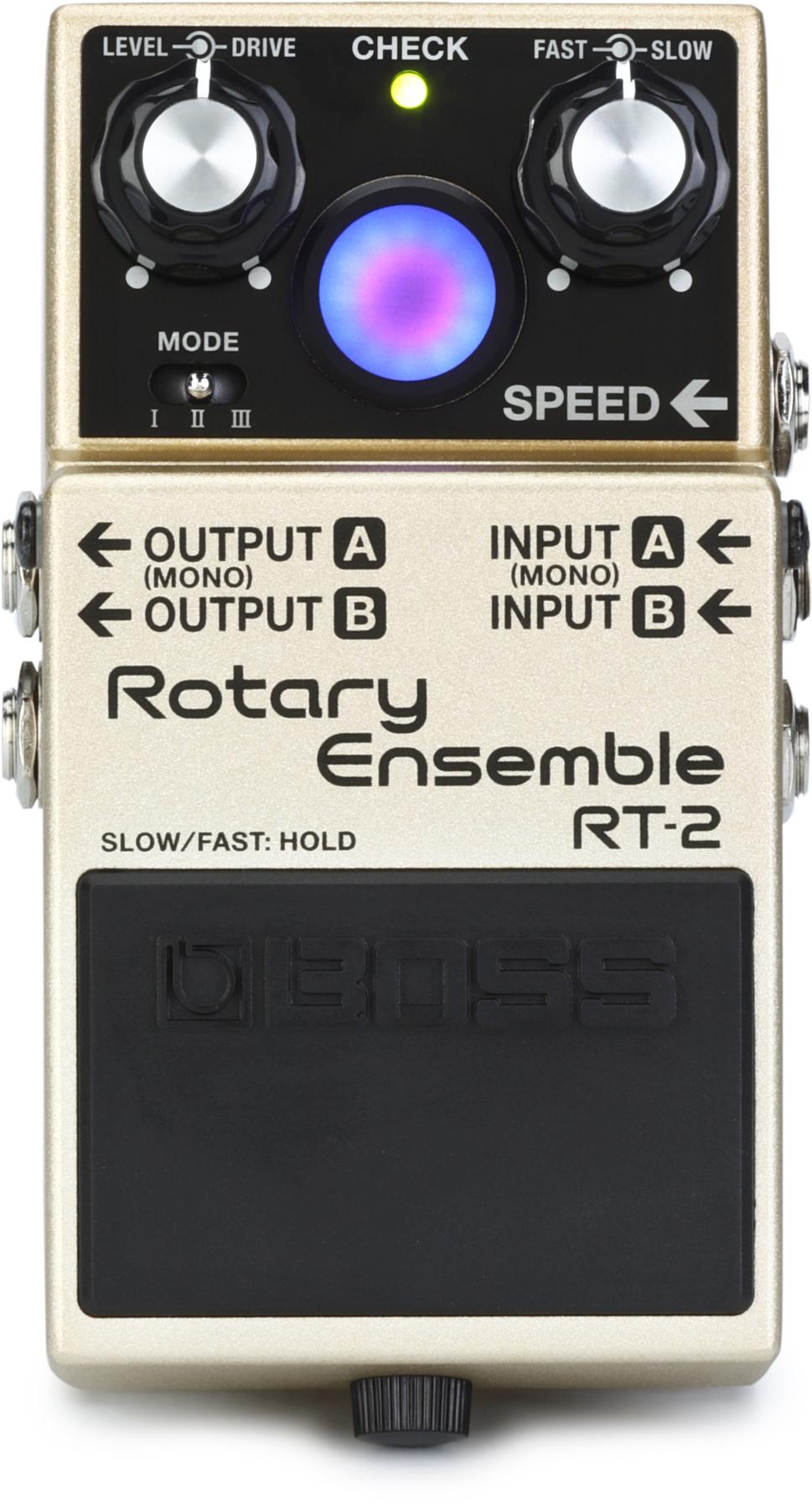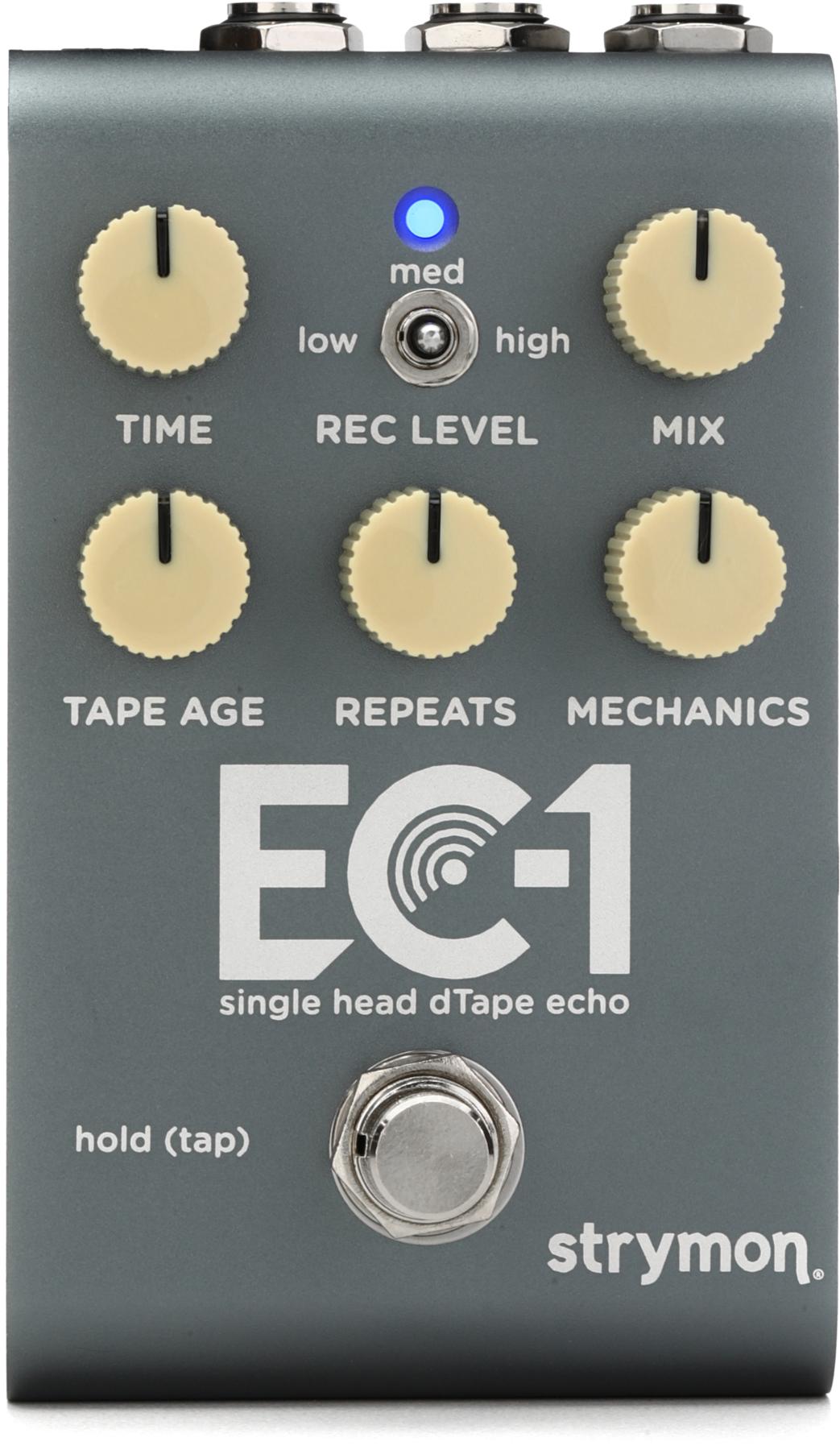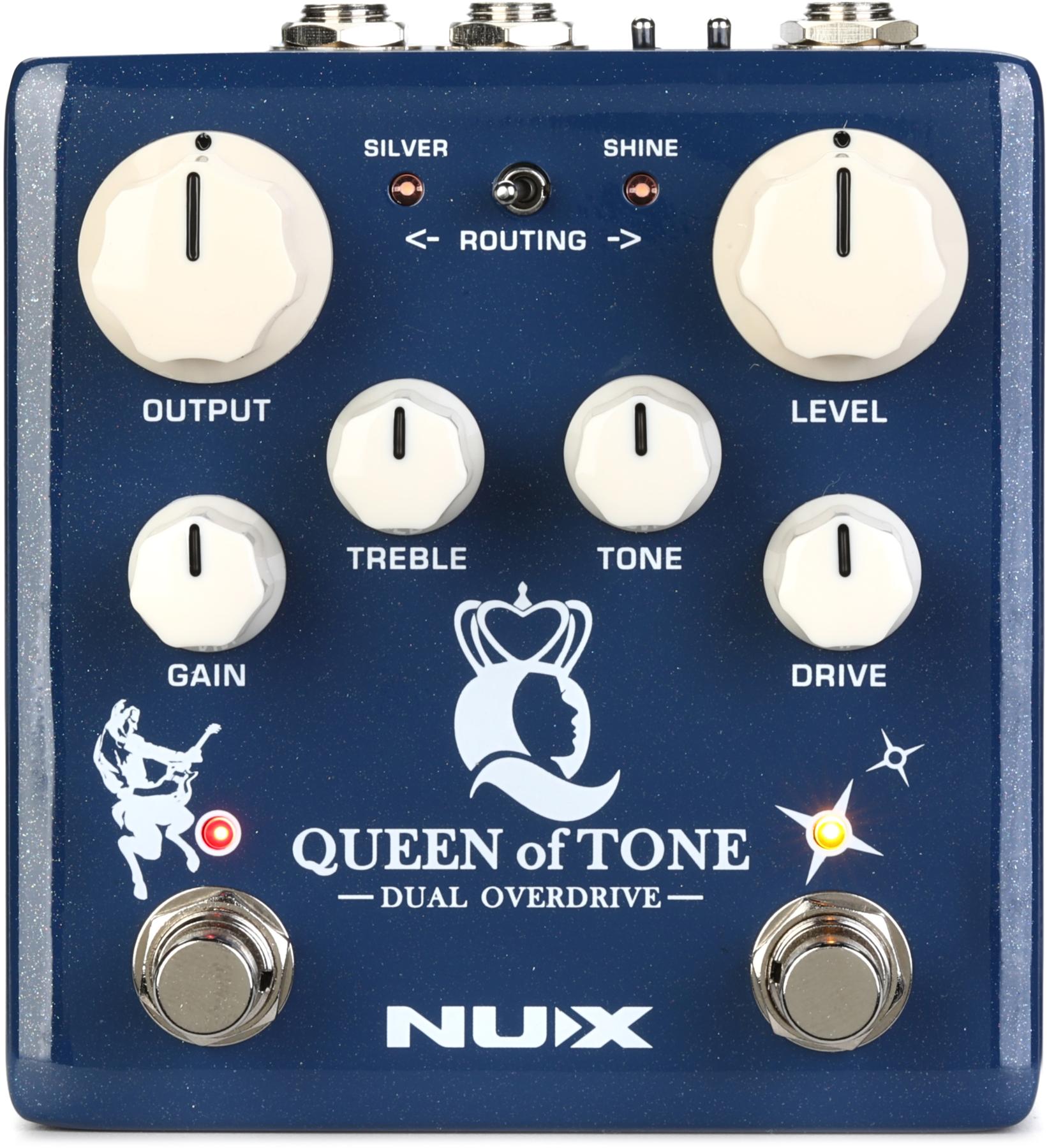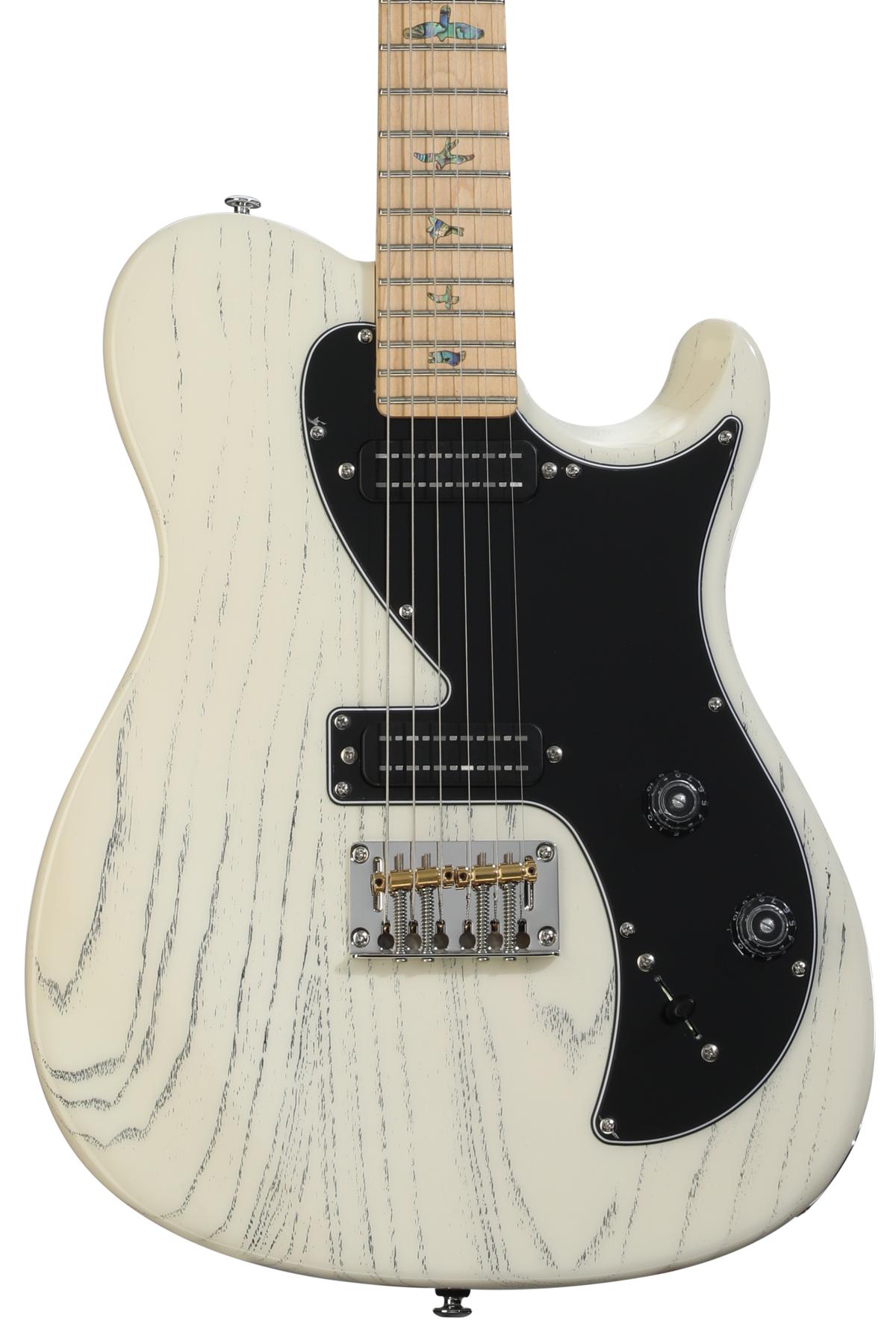Chops: Intermediate
Theory: Intermediate
Lesson Overview:
• Discover new ways to play scales using open strings.
• Create unusual crosspicking patterns in altered tunings.
• Learn new ways to view the fretboard, both across and along the strings.
Click here to download a printable PDF of this lesson's notation.
“If there's ever an obscene noise to be made on an instrument, it’s gonna come out of a guitar ... that’s why I like it.” —Frank Zappa
I like this quote from Frank Zappa. While I don’t think any of the examples below could be deemed obscene, I love to hear a guitar do things only a guitar can do, and create music that only a guitar can make.
One of the things that makes the guitar unique is that there’s more than one place to play a note—sometimes three or four. Also, guitarists have multiple ways to articulate notes: slides, bends, open strings, fretted notes, harmonics, hammer-ons, pull-offs.
Cross-string technique is when we use a combination of fretted and open notes on non-adjacent strings to play scales, melodies, or lines. Also, it’s a great way to improve your knowledge of the fretboard.
Using cross-string technique is a cool way to get a unique sound from even relatively common scales. Once you become familiar and comfortable with this approach, you can use it to spice up your own runs and compositions. Often, I’ll search for an open string or harmonic to use instead of a fretted note, and if I think this alternative sounds intriguing, I’ll use it.
Below, I’ve notated some useful scales in some common open tunings, and included examples for each tuning from my new fingerstyle guitar album, Invitation to Joy.
You can easily modify many of the scale examples to create a different scale. For instance, in the E minor examples you can raise C natural to C# and experiment with an E Dorian (E–F#–G–A–B–C#–D) sound.
EADGBE (standard tuning)
Ex. 1 is a basic G major scale (G–A–B–C–D–E–F#) pattern that can be easily altered to play modes as well. (Hint: Lower the F# to F to get Mixolydian, or raise the C to C# for Lydian.)
Click here for Ex. 1
I find Ex. 2 useful because the E minor scale (E–F#–G–A–B–C–D), which is also called E Aeolian, is commonplace for guitar players. Again, you can easily alter it to get some interesting modal sounds. For example, raise the C to C# to get E Dorian.
Offering plenty of string skipping to challenge your picking-hand technique, Ex. 3 is an alternative and sonically adventurous way to navigate a two-octave E Aeolian scale.
Click here for Ex. 2
Click here for Ex. 3
Ex. 4 is a shimmering G major scale fingering. The majority of the notes are at the 7th fret, which makes it easy to come up with some compelling licks. Experiment with Mixolydian and blues sounds by adding the b5 (Db) and b7 (F).
Click here for Ex. 4
We move back to E minor for Ex. 5. Adding a Bb to this fingering will move you closer to some Jerry Reed- or Tommy Emmanuel-inspired sounds.
Click here for Ex. 5
In Ex. 6 we take a look at an excerpt from one of my songs, “Time’s Arrow.” Here, I’m using notes from E Aeolian with a C in the bass, as well as throwing in a few harmonics for color.
Click here for Ex. 6
We use the E blues scale for this passage (Ex. 7) from my composition, “Bounce.” It’s a fun lick that combines crosspicking, hammer-ons, and some harmonics.
Click here for Ex. 7
DADGAD
Ex. 8 moves on to a rather common alternative tuning: DADGAD. To get here from standard tuning, simply lower your 6th and 1st strings down a whole-step to D, and then lower your 2nd string down a whole-step to A. In our example we’re sticking with the D major scale (D–E–F#–G–A–B–C#).
Click here for Ex. 8
I love the sound of the D Dorian mode (D–E–F–G–A–B–C) in DADGAD. Ex. 9 is one way to snake through this sound.
Click here for Ex. 9
The major pentatonic scale (1–2–3–5–6) also lends itself well to DADGAD tuning. Ex. 10 shows you how to cascade through D major pentatonic (D–E–F#–A–B).
Ex. 11 tackles the minor pentatonic (1–b3–4–5–b7) scale; here we’re working through D minor pentatonic (D–F–G–A–C).
Click here for Ex. 10
Click here for Ex. 11
Even though DADGAD works well in both major and minor settings, you can create more exotic sounds rather easily. In Ex. 12, I worked up a fingering for a scale that can go by a few different names. It’s known as D Phrygian dominant (D–Eb–F#–G–A–Bb–C) or the fifth mode of G harmonic minor. Check it out.
Click here for Ex. 12
DADGAD plus Mixolydian equals instant British folk vibe. Featuring D Mixolydian (D–E–F#–G–A–B–C), Ex. 13 is a roadmap to this enchanting sound. Remember, these are just frameworks to get under your fingers. It’s up to you to discover the music within these shapes.
Click here for Ex. 13
Here’s what I mean about coaxing music from scale patterns. Ex. 14 is an excerpt from one of my tunes, “El Camino De La Muerte.” Here we’re using DADGAD, but with a capo on the 2nd fret. This mostly lives in D Mixolydian.
Click here for Ex. 14
DADF#AD (open D)
Not surprisingly, open D tuning is great for playing in the key of … D. Ex. 15 is a basic major scale fingering using open strings.
Click here for Ex. 15
The major pentatonic scale is generally more useful than the full major scale. Play through Ex. 16, which is a pentatonic fingering, and see where you can coax out some melodies. Tip: Don’t be afraid to change the bass note.
Click here for Ex. 16
Ex. 17 is a short passage from my tune, “A Little Gift” that uses the major scale with a capo on the 4th fret (it will sound like it’s in the key of G). Here I combine both the major pentatonic and the major scale.
Click here for Ex. 17
CGCGCE (open C)
Our next tuning is open C. You’ll likely want some slightly heavier bass strings for these. Tune your 6th string down to C, your 5th down to G, 4th down to C, and 2nd up to C. Ex. 18 is a simple major scale and Ex. 19 is an alternative fingering.
Click here for Ex. 18
Click here for Ex. 19
The C major pentatonic (C–D–E–G–A) is shown in Ex. 20. Remember, this scale is very useful.
Click here for Ex. 20
We head to C Dorian (C–D–Eb–F–G–A–Bb) for Ex. 21. Since a fair amount of these notes are fretted, experiment with lowering the A to Ab for an Aeolian sound. Ex. 22 shows a different fingering for C Dorian.
Click here for Ex. 21
Click here for Ex. 22
As you can see, even though we are tuned to a major chord, there are ways to play in minor settings. Ex. 23 is a C minor pentatonic (C–Eb–F–G–Bb) fingering over three octaves.
Click here for Ex. 23
In Ex. 24, we hit the C blues scale (C–Eb–F–Gb–G–Bb) for some tangy sounds. A lot of notes here, but hone in on what grabs your ear and make something out of it. In Ex. 25, we expand the C blues scale by adding a D (2) to the mix, creating a jazzier sound.
Click here for Ex. 24
Click here for Ex. 25
Our final group of examples are all small excerpts that show how you can take these bits and pieces of scales and make some actual music out of them. Here’s an excerpt from “The Lark” (Ex. 26) where I put a capo on the 2nd fret, which moves everything into the key of D.
Click here for Ex. 26
Ex. 27 is also from “The Lark” and shows how you can outline a chord progression with some well-placed open strings.
Click here for Ex. 27
The next example (Ex. 28) is an excerpt from “Coyote” and I’ve offered two versions at different tempos. It’s especially fun to work this up to speed.
Click here for Ex. 28
Our final example is from “M Street Breakdown” and illustrates how to work through a Mixolydian/blues sound in open C tuning. Big fun.























